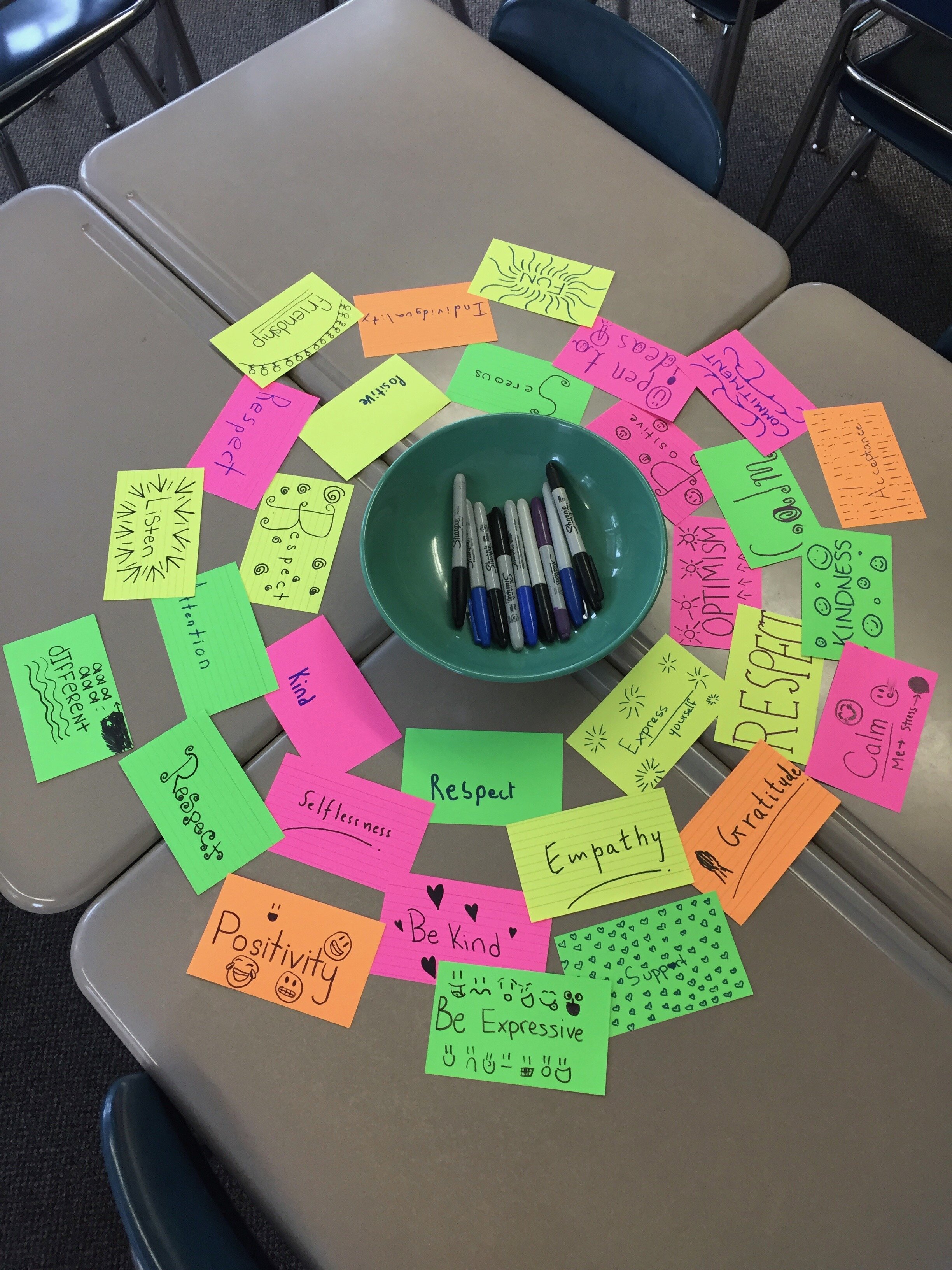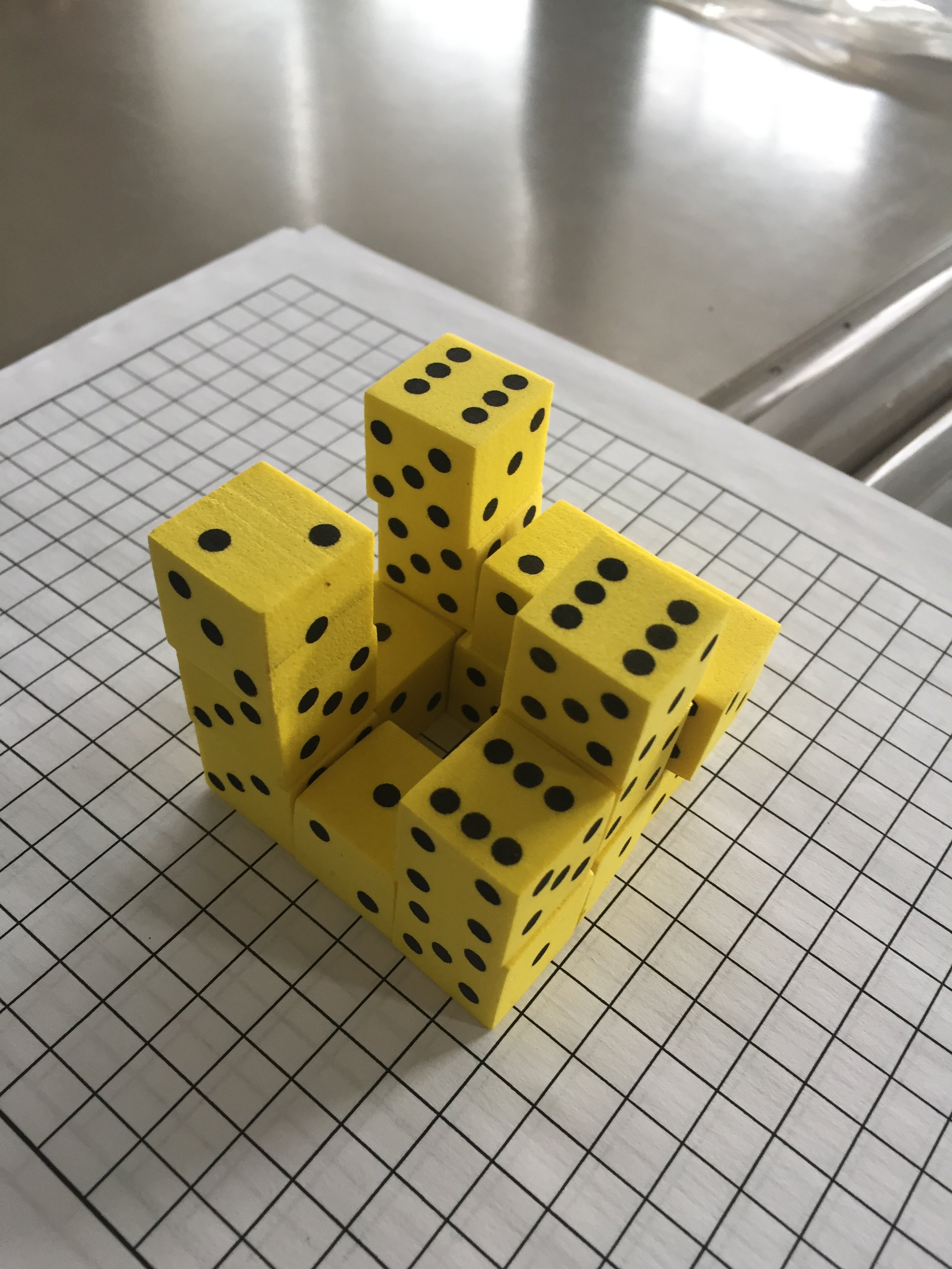Cross-division, cross-discipline, collaborative math instruction.
Helping children make connections between math and the world around them.
Inspiring young learners.
Math proficiency must begin at a very young age, and young learners need to see how exciting math can be as they grow and learn. Pictured here is one of my 7th grade Algebra classes working with Kindergarten teaching them lessons they designed on their own.
Project-based instruction.
Math is highly abstract, particular for young learners. There are only so many times a young math student can ask “when we will ever need this in life” before they turn away from the subject. Connecting math to the real world is crucial at every level.
The Art of Mathematics.
Mathematics is so much more than number crunching. There is beauty and art in numbers and the more students can visualize their work the less abstract it will. Students must learn to illustrate their work and build functional models in order to develop deep underdstanding.
Math outside the classroom.
Most young students leave math in their classroom when the period is over. It is so important to encourage students to see math everywhere in order to help them learn how deeply engrained mathematics is in a variety of disciplines outside of the classroom.
Performance tasks.
Math students should not feel like math is a series of memorizations and silent tests on paper. The mark of a good mathematician is one who can apply math in the field under pressure. Pictured here is the culmination of my Rubik’s Cube curriculum, a demonstration of proficiency during morning assembly.
Math Competitions
Competition has its place in mathematics, and those who love a challenge deserve to have the chance to demonstrate their skills in a larger arena than the classroom. I have proudly coached middle school students to compete in Mathcounts, the American Math Competition, and the Math Olympiad.
Mindfulness.
The world is changing at an astounding rate and children are at the forefront of that change. We must see school as an opportunity to teach positive habits of minds so students are equipped with the most effective skillset to be able to navigate the world that awaits them in the future.
Games and Clubs.
If something is not fun, is it really worth doing? Incorporating games into the classroom is crucial to keep students engaged, and providing opportunities for them to explore different types of mathematics outside the classroom is just as important. After school clubs that teach topics like art, code-breaking, and logic puzzles are a must.
Learning by doing.
The days of the sage on the stage are behind us. Children need to feel connected to their education now more than ever. Collaborative, hands-on learning not only keeps students engaged, but it inspires them to explore and experience math for themselves outside of the classroom.









